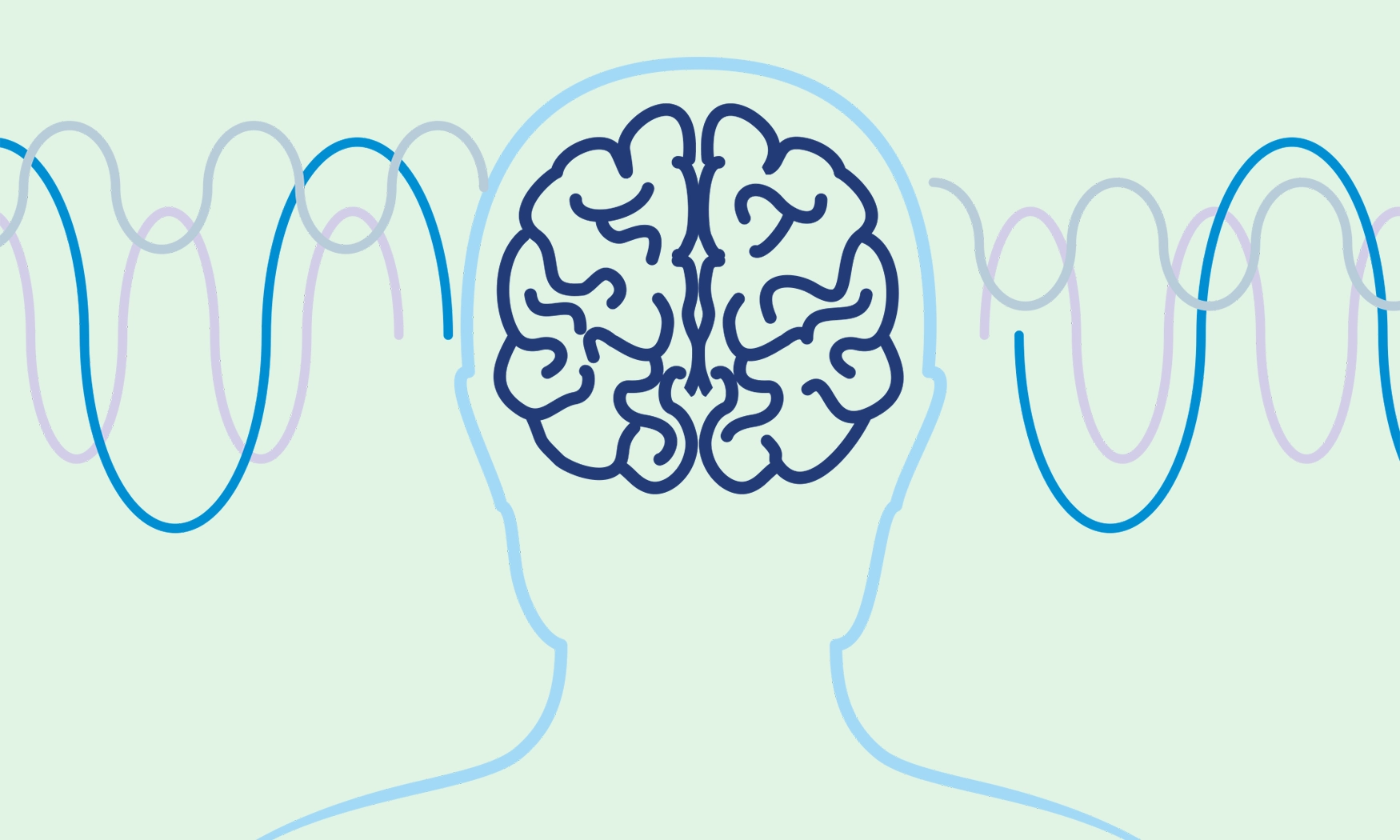To provide services at the highest level, we use cookies. Using the website requires you to choose settings related to their storage on your device. If you want to know what each type of cookie is used for, click the Details button below.
Eight benefits of biofeedback for everyday life25 sierpnia 2024 |

EEG Biofeedback, also known as neurofeedback, is a recognized therapeutic method that involves monitoring brain activity using electroencephalography (EEG). The goal of this therapy is to teach the patient how to consciously control brain functions by providing real-time feedback. During each EEG Biofeedback session, the patient observes changes in brain activity on a computer screen, allowing them to train and optimize their brainwave patterns.
EEG Biofeedback is used in the treatment of various neurological and psychological disorders. It helps reduce symptoms of conditions such as ADHD, anxiety disorders, depression, sleep disorders, and migraines. It is also helpful in stress therapy and improving concentration. Biofeedback can also benefit healthy individuals who want to enhance their cognitive abilities, increase work performance, or deepen their existing skills.
A typical EEG Biofeedback session lasts between 30 and 60 minutes. At the beginning of the session, the therapist places EEG electrodes on the patient's scalp to record brainwaves. The patient sits in front of a computer screen where the results are displayed, either graphically or audiovisually. During the session, the patient performs various tasks or relaxes, and the equipment provides real-time feedback, helping them learn to control their brainwaves. The therapy usually requires several to a dozen sessions.
The actual effectiveness of EEG Biofeedback depends on the individual needs and health condition of the patient. Research shows that it is an extremely promising therapeutic method in treating disorders such as ADHD, anxiety disorders, and depression. Many people report improvements in cognitive functioning, stress reduction, and significant improvement in sleep quality. However, the effectiveness of biofeedback may vary depending on individual differences.
Yes, EEG Biofeedback is one of the most effective methods used in the therapy of ADHD. Scientific research shows that biofeedback helps reduce ADHD symptoms, such as difficulty with concentration, hyperactivity, and impulsivity. By training brainwaves, ADHD patients learn self-control and behavior regulation. The therapy should always be conducted under the supervision of a specialist.